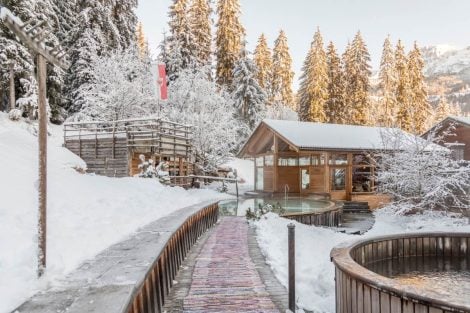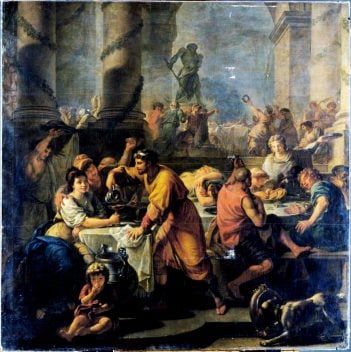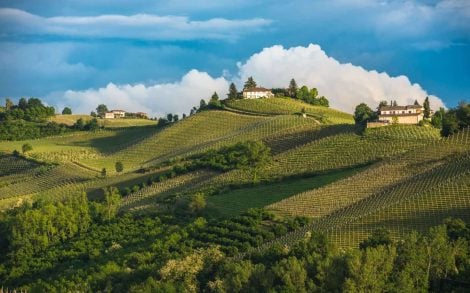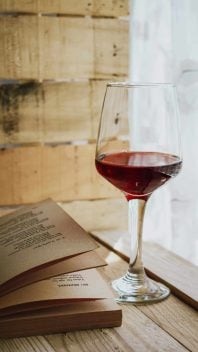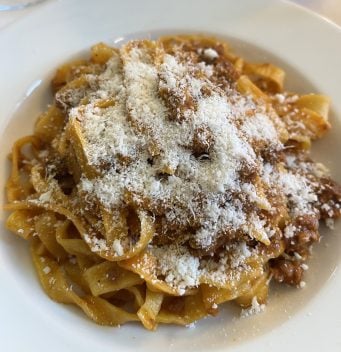Once hailed as “the new Merlot”, Sangiovese experienced an unfortunate phase in California. In the 1980s and 1990s, at the height of the “Cal-Ital” movement, this noble Tuscan grape was grown and vinified without much care or discernment, resulting in unbalanced and often overdone wines. The outcome was a widespread loss of interest in Sangiovese, which came to be seen as unsuitable for Californian soils and climate. Today, however—as highlighted by a recent article in the San Francisco Chronicle—things are beginning to change. A new generation of winemakers is rediscovering the potential of Sangiovese, drawn by its ability to adapt to heat and express a broad range of styles. The goal is no longer to imitate Italy’s great reds, but to interpret the grape with a Californian touch, making use of more suitable clones and modern winemaking techniques.
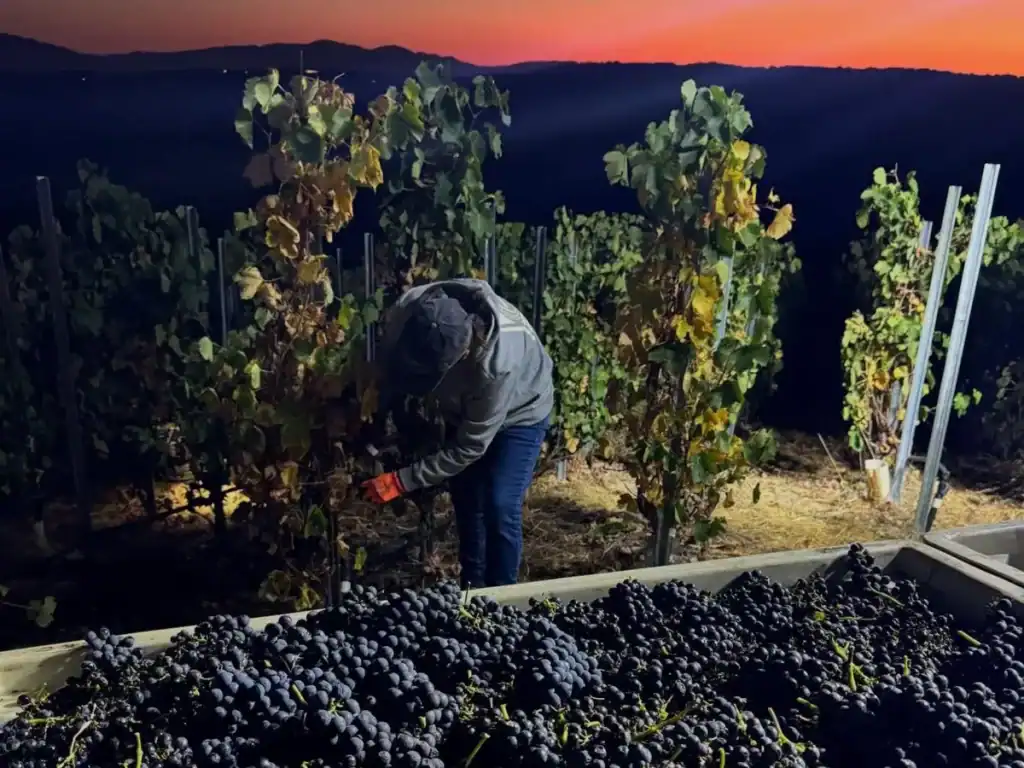
One grape, many interpretations
The Californian daily reported on various examples and testimonials from local producers who are leading the new wave of Sangiovese made in USA. According to Andrew Jones of Field Recordings in Paso Robles, Sangiovese allows for wines that are fruity yet serious, more structured than the light reds currently in fashion. The stylistic spectrum ranges from classic versions, featuring cherry, leather and rustic tannins, to lighter styles, made with whole-cluster fermentation and carbonic maceration, offering lively aromas and a refreshing profile. Peter Stolpman of Stolpman Vineyards was one of the few not to abandon the grape after its fall from grace. Inspired by Brunello, his father planted Sangiovese in Ballard Canyon in 1994. Years later, at the request of a restaurant, a chillable, lighter version was born. That wine, eventually named Love You Bunches, was an unexpected hit and became a symbol of a new era for Sangiovese in California.
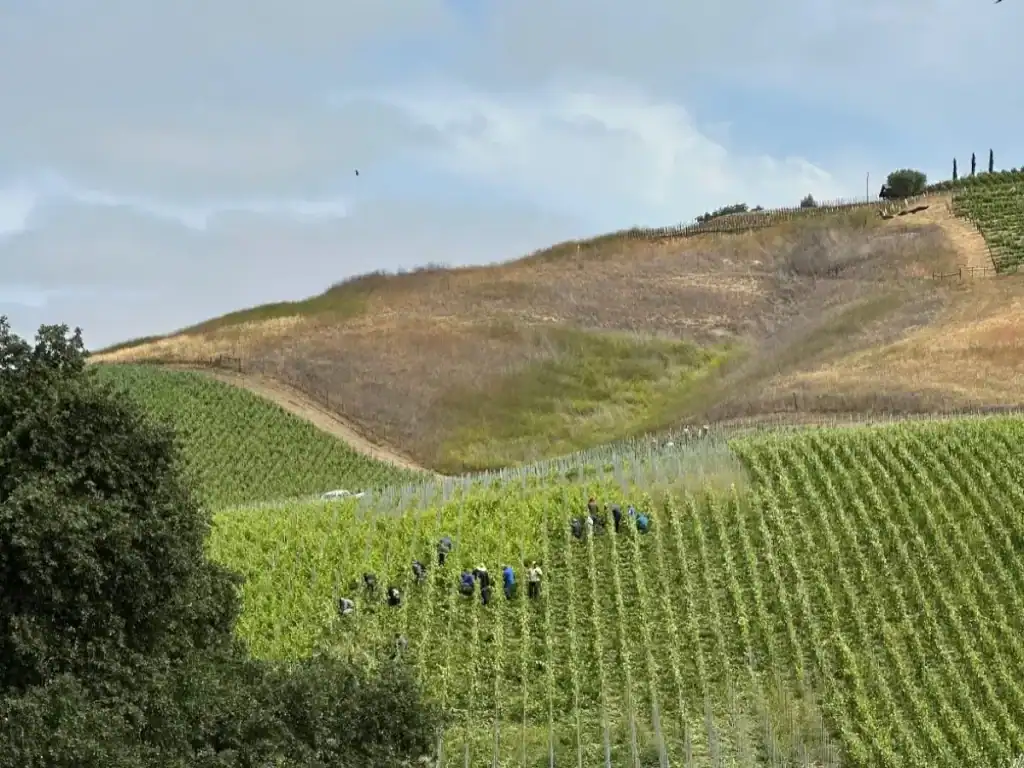
Italy remains a model
In the 1990s, even leading producers such as Dalla Valle, Shafer, and Antinori invested in Sangiovese, particularly on the hills of Napa Valley. But with the exception of Antinori—through the American branch of the historic Italian label—all eventually abandoned the project after just a few years. Why? The grape was often treated like a Cabernet, with late harvests and too much new oak, stripping it of its true character. Today, producers like Margins, Broc Cellars, Coquelicot, and Union Sacre are carrying forward interpretations that are as diverse as they are intriguing. Some recall the Tuscan style, others the natural wines of Lazio or even the sparkling reds of Emilia. The Jupiter project, launched in 2020 by Thomas DeBiase, takes its name from the Latin etymology of the grape—sanguis jovis, “blood of Jupiter”—and expresses precisely this versatility: a fruity and joyful red, yet with depth. Even Andrew Jones has diversified: he makes Freddo (a fresh Sangiovese from carbonic maceration), Loomis No. 3 from a Corsican clone, and Fiasco, a Chianti-style blend in old-school fashion. For him, the grape is perfect for the hot climate of Paso Robles and appeals to younger drinkers, drawn to those so-called “grandparent” flavours reminiscent of ripe cherry, cigar box and dusty attic. In short, Sangiovese is no longer an alternative to Merlot. It has become a wine in its own right, with a new Californian identity.

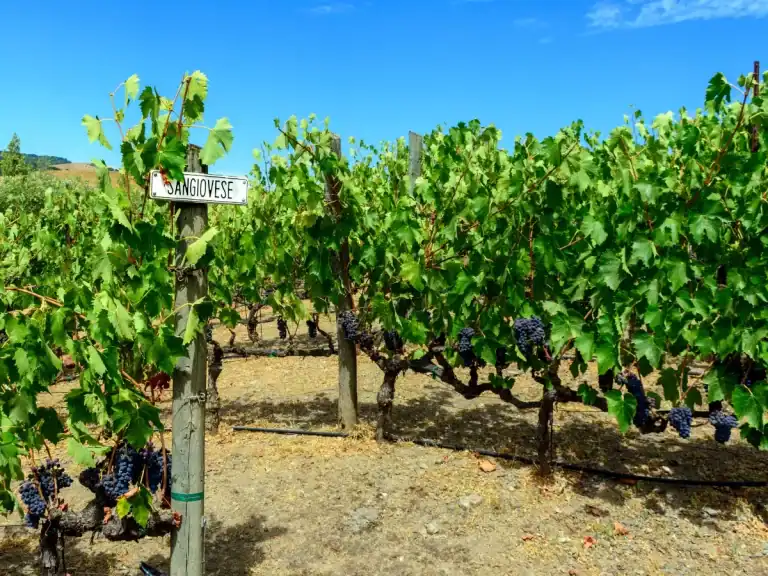
 Brigitte Bardot’s final rosé: the wine that marks the end of an icon
Brigitte Bardot’s final rosé: the wine that marks the end of an icon What you need to know about Italy's new decree on dealcoholised wine
What you need to know about Italy's new decree on dealcoholised wine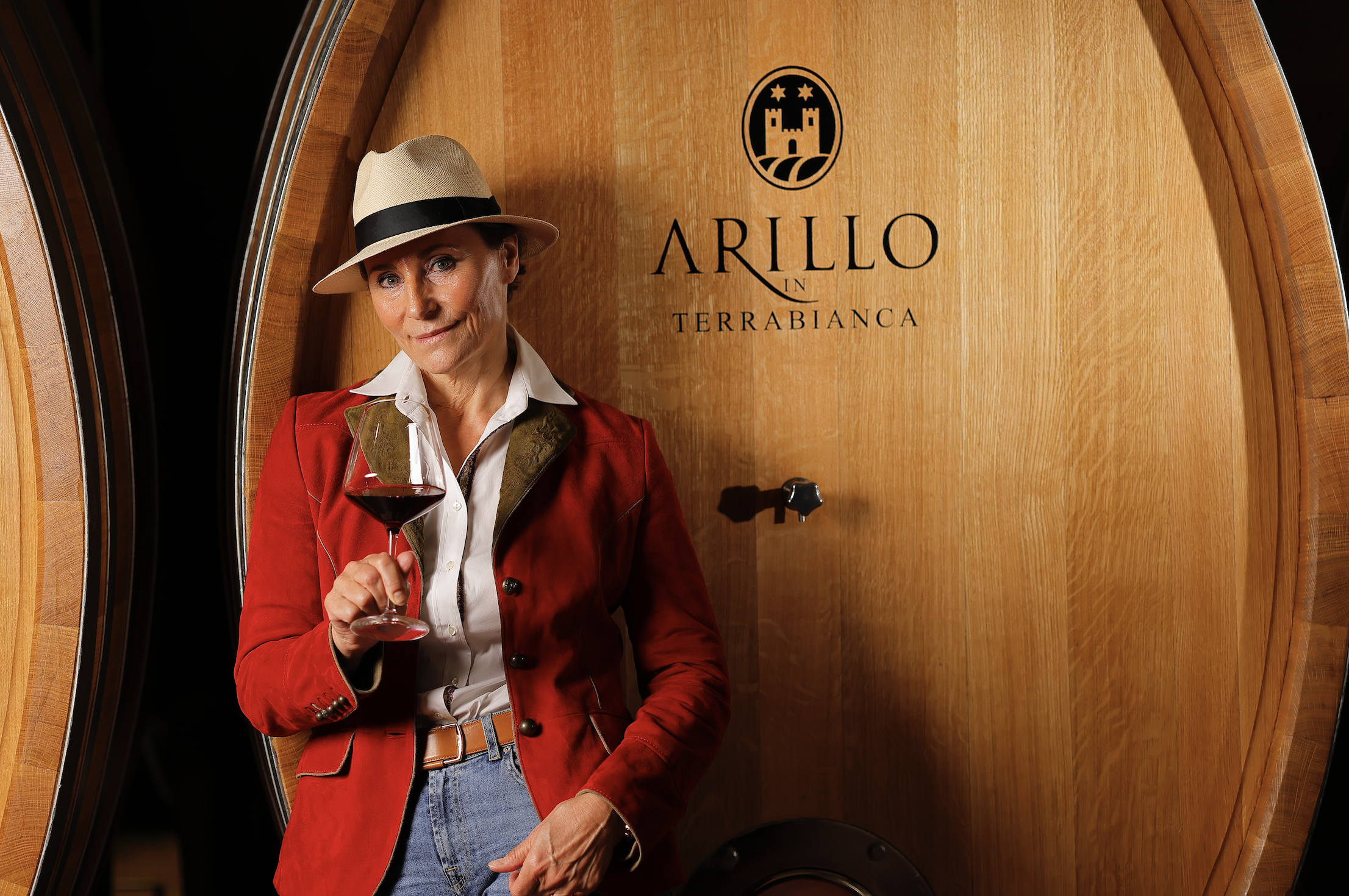 Why Arillo in Terrabianca's organic approach is paying off
Why Arillo in Terrabianca's organic approach is paying off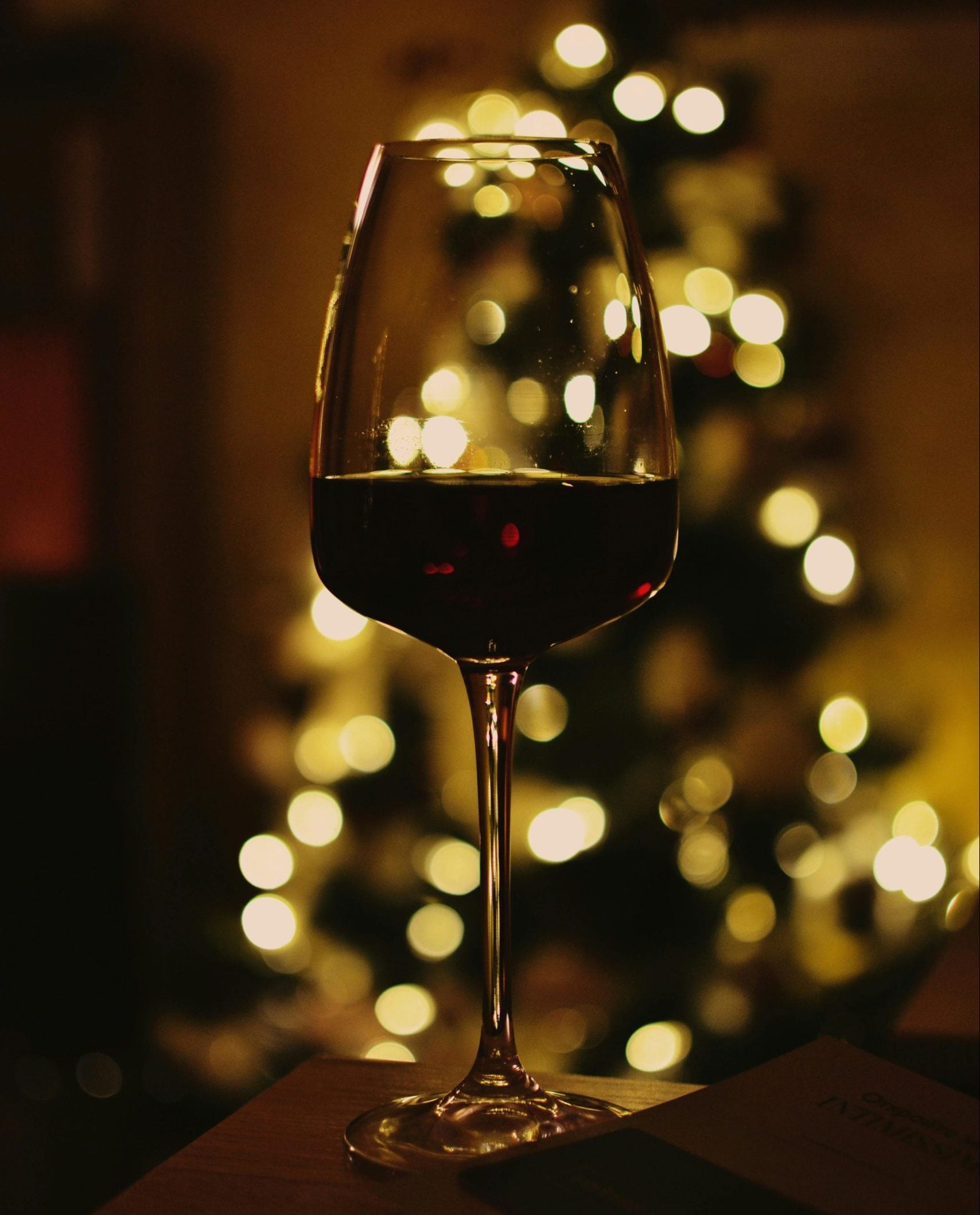 What do sommeliers drink at Christmas?
What do sommeliers drink at Christmas?